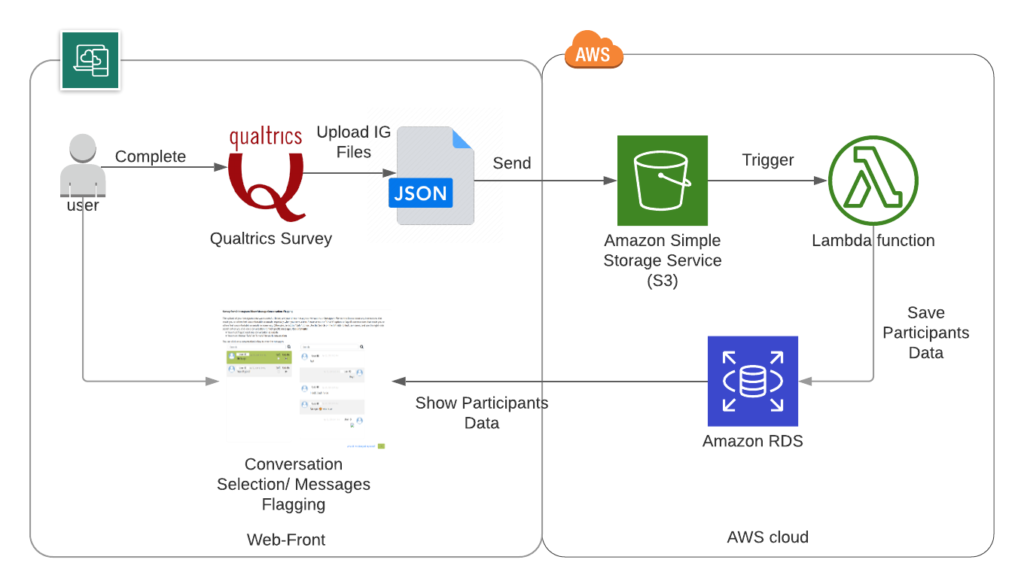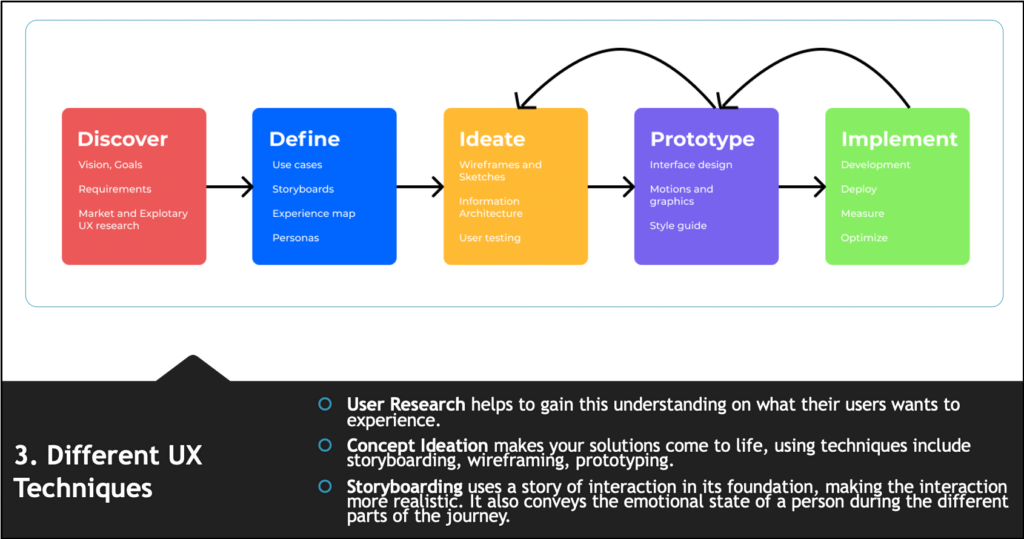Congratulations to Dr. Wisniewski, her students, and their collaborators for publishing 2 case study papers at the ACM CHI Conference on Human Factors in Computing Systems 2022. The STIR Lab is proud of students Afsaneh Razi (Ph.D. Candidate), Ashwaq Alsoubai (Ph.D. Candidate), Zainab Agha (Ph.D. Student), Nurun Naher (Ph.D. Student), Oluwatomisin Obajemu (M.S. Student), Zinan Zhang (Undergraduate Student), Luke Shirley (Undergraduate Student), and their co-authors for their contributions and accomplishments! You can learn more about the case studies below.
- Instagram Data Donation: A Case Study on Collecting Ecologically Valid Social Media Data for the Purpose of Adolescent Online Risk Detection (Afsaneh Razi, Ashwaq Alsoubai, Seunghyun Kim, Nurun Naher, Shiza Ali, Gianluca Stringhini, Munmun De Choudhury, Pamela J. Wisniewski): In this work, we present a case study on an Instagram Data Donation (IGDD) project, which is a user study and web-based platform for youth (ages 13-21) to donate and annotate their Instagram data with the goal of improving adolescent online safety. We employed human-centered design principles to create an ecologically valid dataset that will be utilized to provide insights from teens’ private social media interactions and train machine learning models to detect online risks. Our work provides practical insights and implications for Human-Computer Interaction (HCI) researchers that collect and study social media data to address sensitive problems relating to societal good.

- A Case Study on User Experience Bootcamps with Teens to Co-Design RealTime Online Safety Interventions (Zainab Agha, Zinan Zhang, Oluwatomisin Obajemu, Luke Shirley, Pamela J. Wisniewski): We conducted User Experience (UX) Bootcamps with teens (ages 13-17) to teach them important UX design skills and industry standard tools. In the process, we asked teens to storyboard about their risky or uncomfortable experiences and design high-fidelity prototypes for online safety interventions that would help mitigate these negative experiences. In this case study, we present our methodology, feedback from teens, challenges, and lessons learned in conducting our UX Bootcamps for adolescent online safety. We recommend that future researchers who want to conduct similar research with teens to encourage group activities, balance teen autonomy with researcher assistance, and ensure teens’ privacy and well-being. Finally, we provide useful guidelines for conducting virtual training and research studies with teens.

CHI 2022 Case Studies
